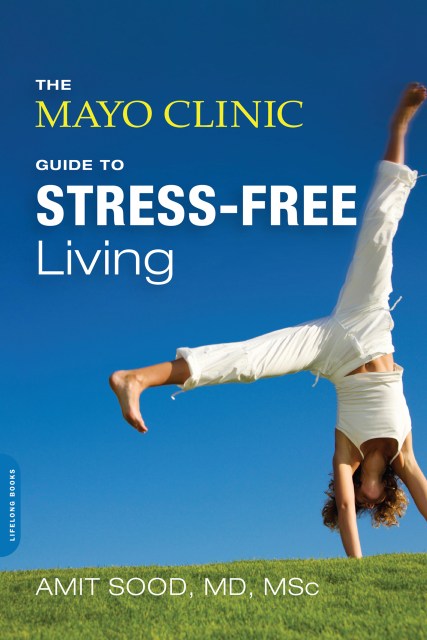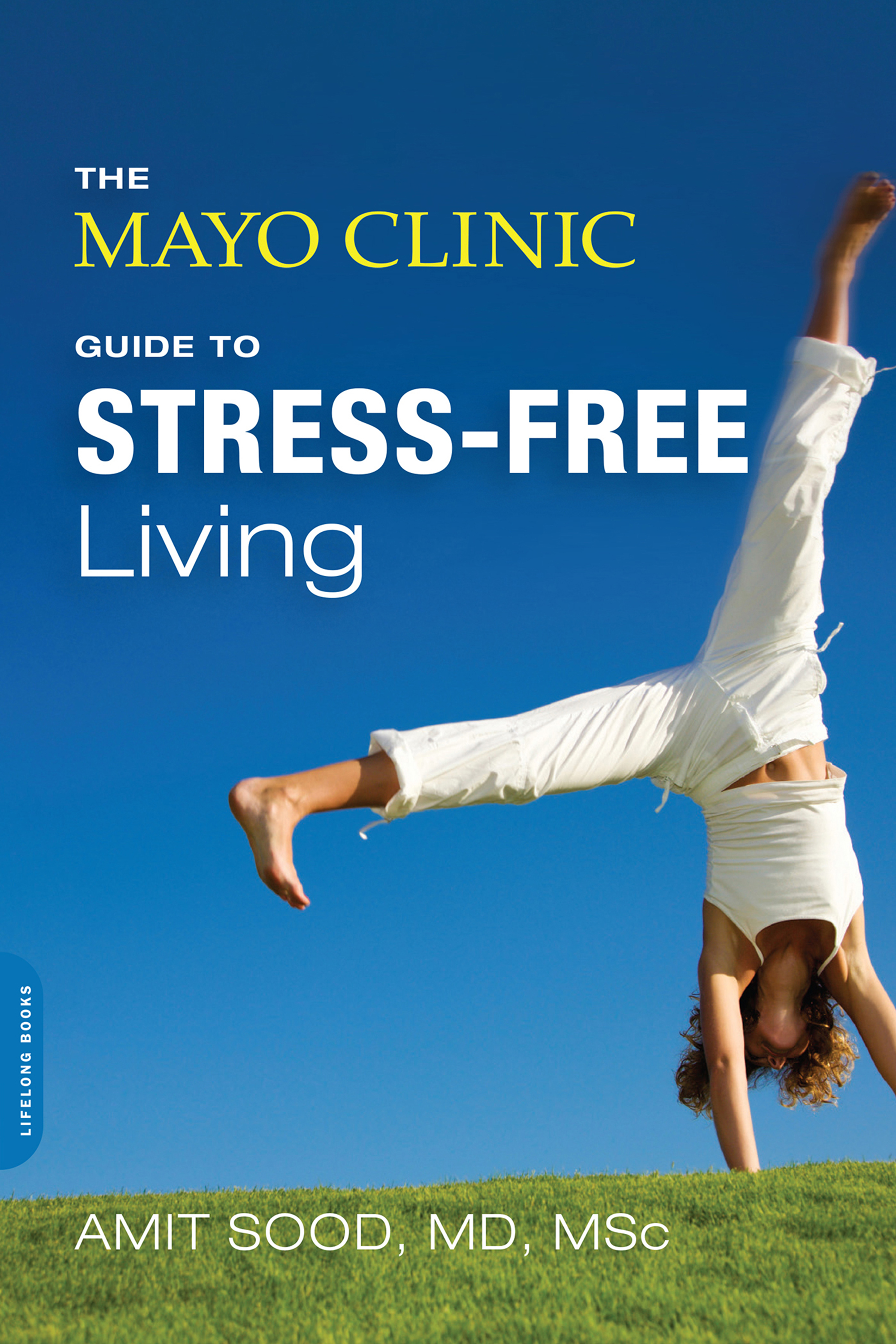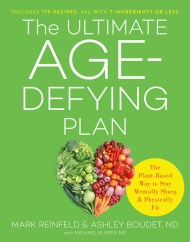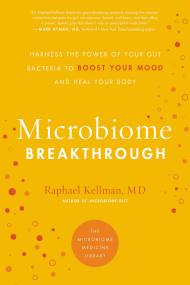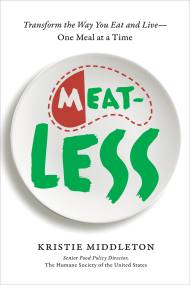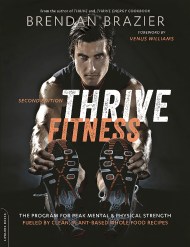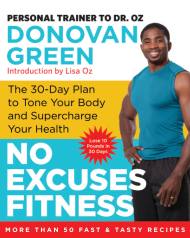Promotion
Use code MOM24 for 20% off site wide + free shipping over $45
The Mayo Clinic Guide to Stress-Free Living
Contributors
By Mayo Clinic
Formats and Prices
Price
$12.99Price
$16.99 CADFormat
Format:
- ebook $12.99 $16.99 CAD
- Trade Paperback $19.99 $25.99 CAD
This item is a preorder. Your payment method will be charged immediately, and the product is expected to ship on or around December 24, 2013. This date is subject to change due to shipping delays beyond our control.
Also available from:
In this book, Amit Sood, M.D., M.Sc., a Mayo Clinic specialist in stress and resiliency, reveals how the mind’s instinctive restlessness and shortsightedness generate stress and anxiety and presents strategies for living a more peaceful life.
Have you ever driven several miles without noticing anything on the road, or read a page in a book without registering any of it? Do the day’s worries and disappointments crowd your mind as you’re trying to fall asleep at night? Do you feel stressed much of the time and aren’t sure how to find peace?
This book is based on the highly popular stress management program offered at Mayo Clinic that Dr. Sood developed after two decades of work with tens of thousands of people. Drawing on groundbreaking brain research, Dr. Sood helps you understand the brain’s two modes and how an imbalance between them produces unwanted stress. From this basis, you learn skills that will help you:
Develop deep and sustained attention
Practice gratitude, compassion and acceptance
Live a meaningful life
Cultivate nurturing relationships
Achieve your highest potential
All of these concepts are weaved into a practical and fun journey that has been tested in numerous scientific studies, with consistently positive results. Take the first step to discover greater peace and joy for you and your loved ones.
“Dr. Sood has put together a simple, secular and structured program that is anchored in science, is free of rituals and dogmas, and is accessible to everyone. This book can change your life.” — Dr. Andrew Weil
“An important innovative approach to well-being, one we all should know about.” — Dr. Daniel Goleman
Genre:
-
"Dr. Sood has put together a simple, secular and structured program that is anchored in science, is free of rituals and dogmas, and is accessible to everyone. This book can change your life."--Dr. Andrew Weil
"An important innovative approach to well-being, one we all should know about."--Dr. Daniel Goleman
Booklist, 1/1/2014
“This practical, can-do guide, written by a positive-energy medical doctor at the Mayo Clinic, offers clear steps to take to decrease the bad kind of stress…Just reading Sood's lucid, commonsensical recommendations is a start to eliminating negative stress.”
Taste for Life, February 2014
“Offers an innovative approach to mindfulness and well-being.”
Chatelaine.com “10 Best Health Books of 2014,” 2/3/14
Spirituality & Practice, 3/1/2014
“Dr. Sood has come up with a rather amazing affirmation of a contented life.”
- On Sale
- Dec 24, 2013
- Page Count
- 336 pages
- Publisher
- Da Capo Lifelong Books
- ISBN-13
- 9780738217130
Newsletter Signup
By clicking ‘Sign Up,’ I acknowledge that I have read and agree to Hachette Book Group’s Privacy Policy and Terms of Use
